1 : 2 : 4
curated by NAMARA | projects
an exhibition of artwork by Julia Campisi
July 13 — September 14, 2024
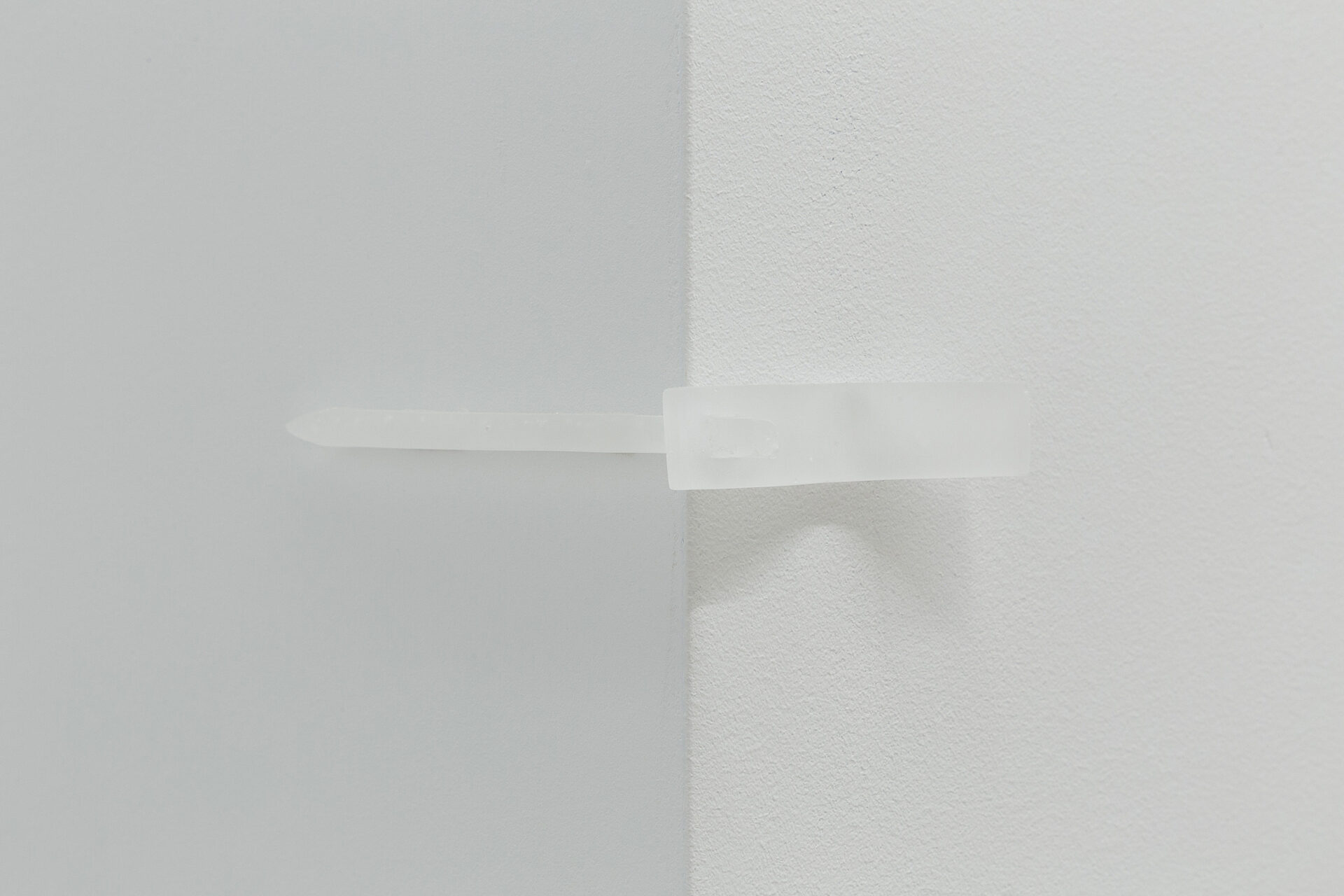
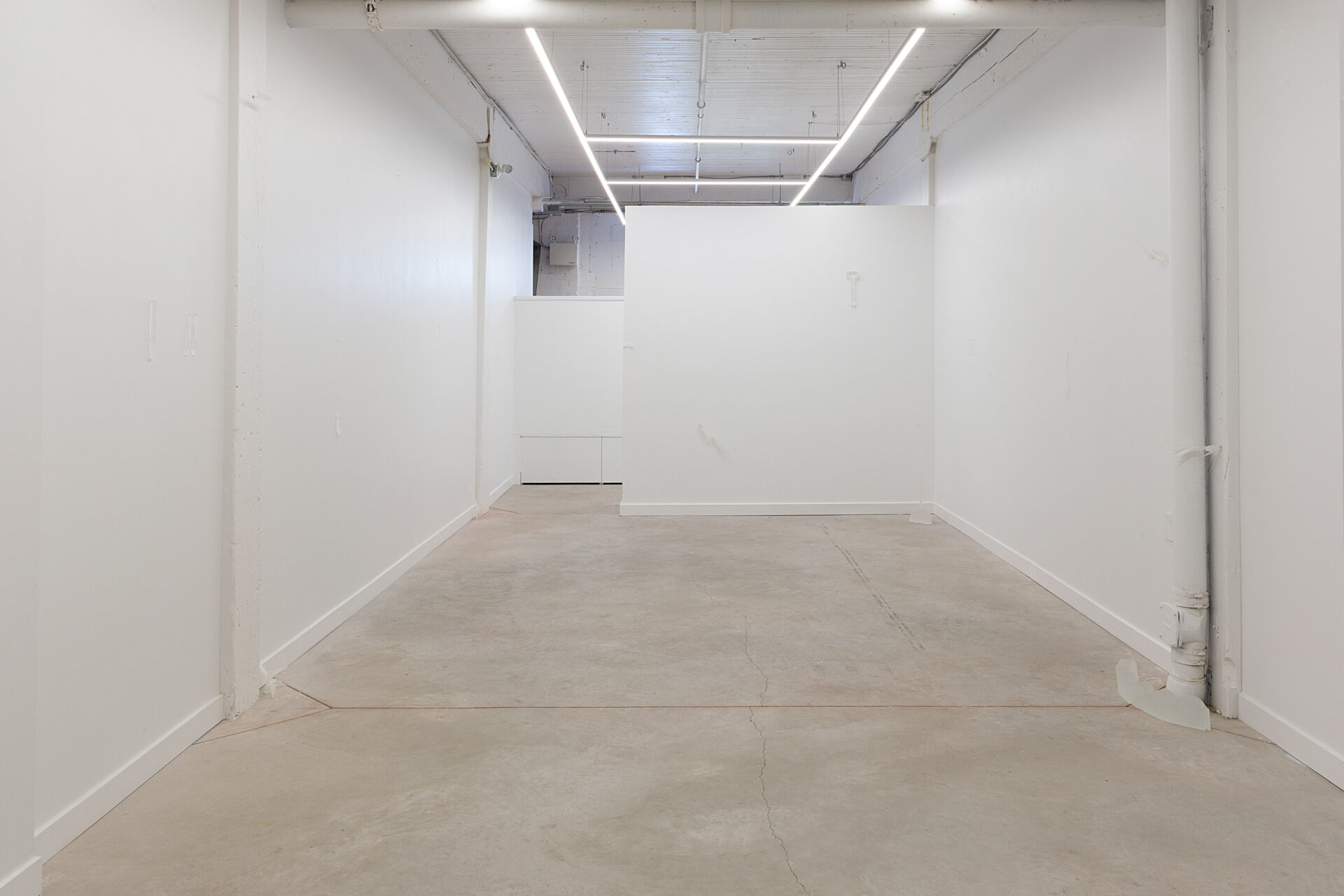
· · ·
Curatorial Statement A
Taking its name from the original ratio used to make bricks, 1 : 2 : 4 continues Julia Campisi’s exploration of time, memory, and the dynamics that sustain our built environment. Campisi prompts viewers to reconsider their relationship to these elements by obscuring bricklaying implements within the neutral environment of the Project Space.
Initially appearing as an empty expanse, the environment’s implication as a White Cube is an invitation to adopt a deliberate, contemplative pace. Standard-scale tools and implements reveal themselves. The nearly clear, resin-moulded objects are placed with intention, sometimes responding to imperfections in the repurposed industrial space, or scattered about as subtle vignettes. But why?
Campisi plays with perception, challenging us to reconsider our relationship to these objects, and their role in creating our built environment. They do not necessarily feel monumentalized, but certainly honoured. Campisi understands the intimate relationship of a maker to their tools.
Weeds also dot the space, manufactured resin sprouts growing out of cracks in the floor and walls. Here, they are placed with intention but in nature, weeds spring up defiantly and replicate themselves as a matter of survival. Weeds gradually erode the clay bricks and cement mortar they grow into or emerge from in the mediated landscape. This interplay between the human-made and the organic is captured in Campisi’s facsimiles.
1 : 2 : 4 is experimental by intention. The installation demands that we toil with one of the most fundamental questions in contemporary art-making: Does it matter? Does labour matter? Do objects bear significance?
– Natalie & Na’ama [NAMARA]
Curatorial Statement B
Our understanding of 1 : 2 : 4 expands with the publication of its photographic documentation. Campisi collaborated with Alison Postma to capture a series of photographs that aim to reveal an unmediated view of the installation. The artist eschews stylization, aiming for the most natural, human-scale perspective available through these mechanical means. From a curator’s point of view, it appears the artist first created the objects and offered a particular configuration in space; then returned to offer a second interpretation with the creation of this document: Meaning, significance, relations, subtext and dialogue shift as the space is flattened into image.
The documentation obscures the material relationship between object and environment. The artist’s efforts to flatten physical space are actualized in the photographic documents. In this context, the framing does not exclude (Sontag) so much as it transforms. The pictures draw our attention to how Campisi composes the walls, always minding the edges of the frame that is not yet present. The artist’s training and understanding of the photographic medium is evident, and through this process, we start to understand how this particular sensibility shapes her practice. In her consideration of labour, the artist looks outward to the built environment, while internal frameworks mirror a parallel building-ritual. Here, ‘the frame’ is a fundamental concept. Its importance extends beyond balance and aesthetics and embodies the very act of looking.
– Natalie & Na’ama [NAMARA]
About the Artist
Julia Campisi is a visual artist working in sculpture, installation, and photography. Campisi’s studio practice explores the dynamics that sustain our society through the portrayal of industrial motifs and tools encountered in her daily life. Campisi creates stand-ins for these ‘things’ using self-taught arduous and experimental molding and casting techniques
With a background in photography from Concordia University and Toronto Metropolitan University, Campisi employs the image to shape the theoretical framework of her practice. Her primary materials are resin and acrylic, as the translucency of both acts as a lens and conveys meaning by invoking recognizable symbolic systems associated with photography.
Like photographs, Campisi is not interested in maintaining reality but in generating a fantasy where assumptions, absurdity and artifice are front and center. Rather than trick the viewer, Campisi attempts to draw out their judgments and bring into question the general feeling or idea of culture as ascribed by our built environment. Ultimately, her work is fixated on why we exist and how the things that we overlook have the capacity to define, generate, and build who we are.
Concurrently, Campisi is presenting new artwork at the Toronto Sculpture Garden, with her exhibition The Garden Gardens, on view until September 10, 2024.
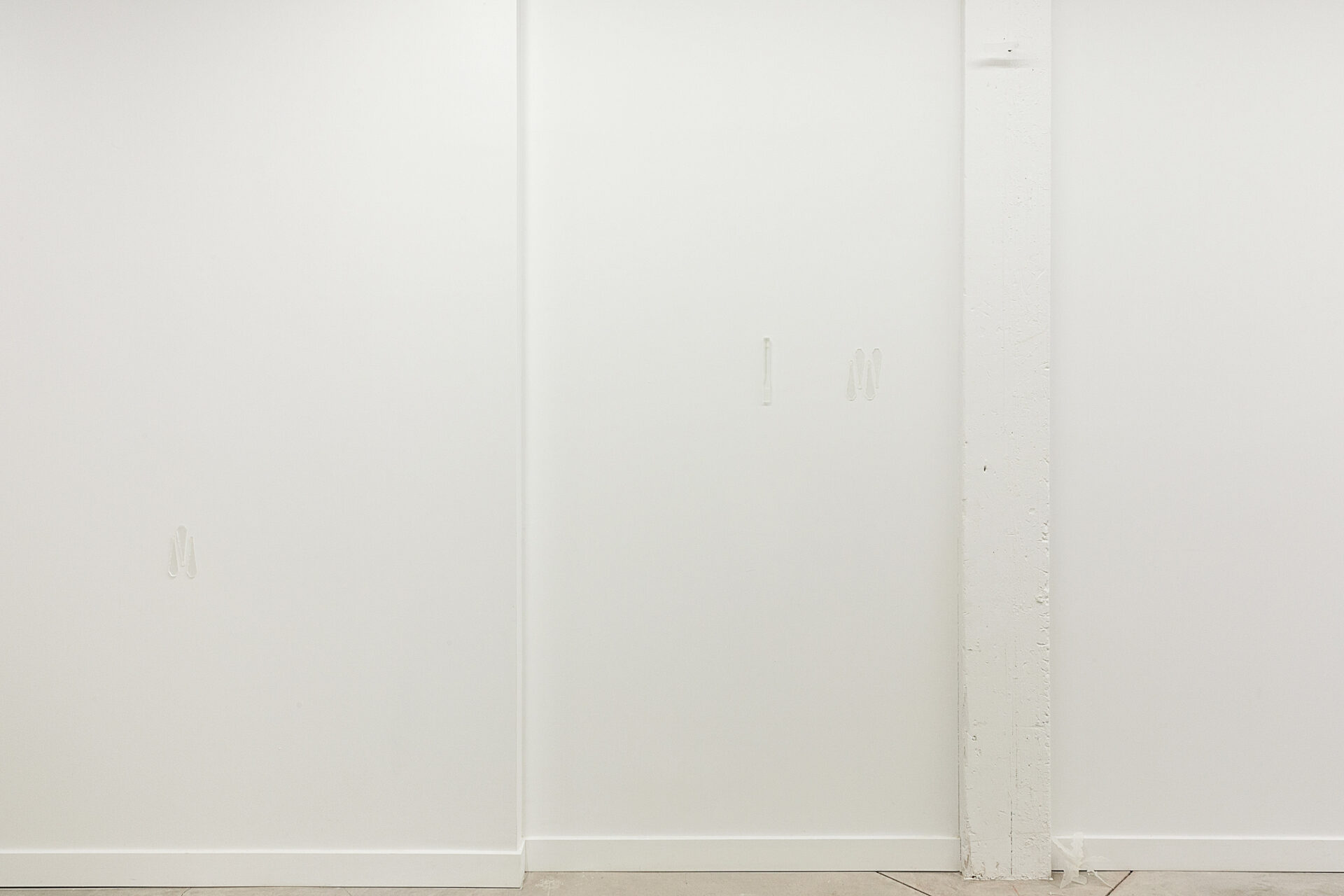
Through material interaction, we build frameworks that influence broader social and cultural phenomena. This led me to question the significance of tools when detached from their immediate purpose. Can tools, rendered as art objects, reveal the underlying systems of value and social constructs of our capitalist society? By using material as a means to question perceptions of time and memory, I cast objects in a way that makes the space initially appear empty, compelling intimate engagement with ideas around perception, visibility, and the effort required to uncover hidden truths.
– Julia Campisi
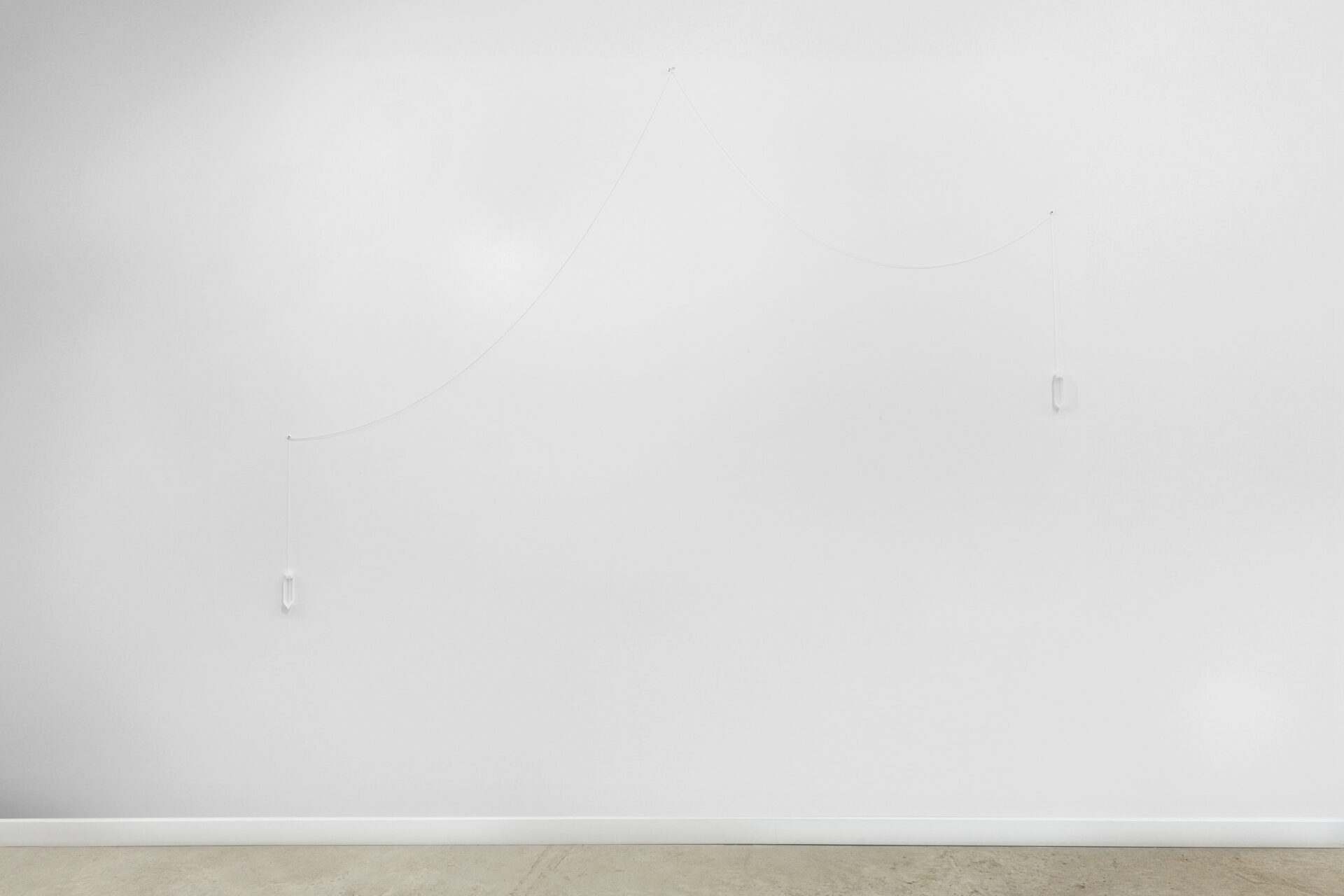
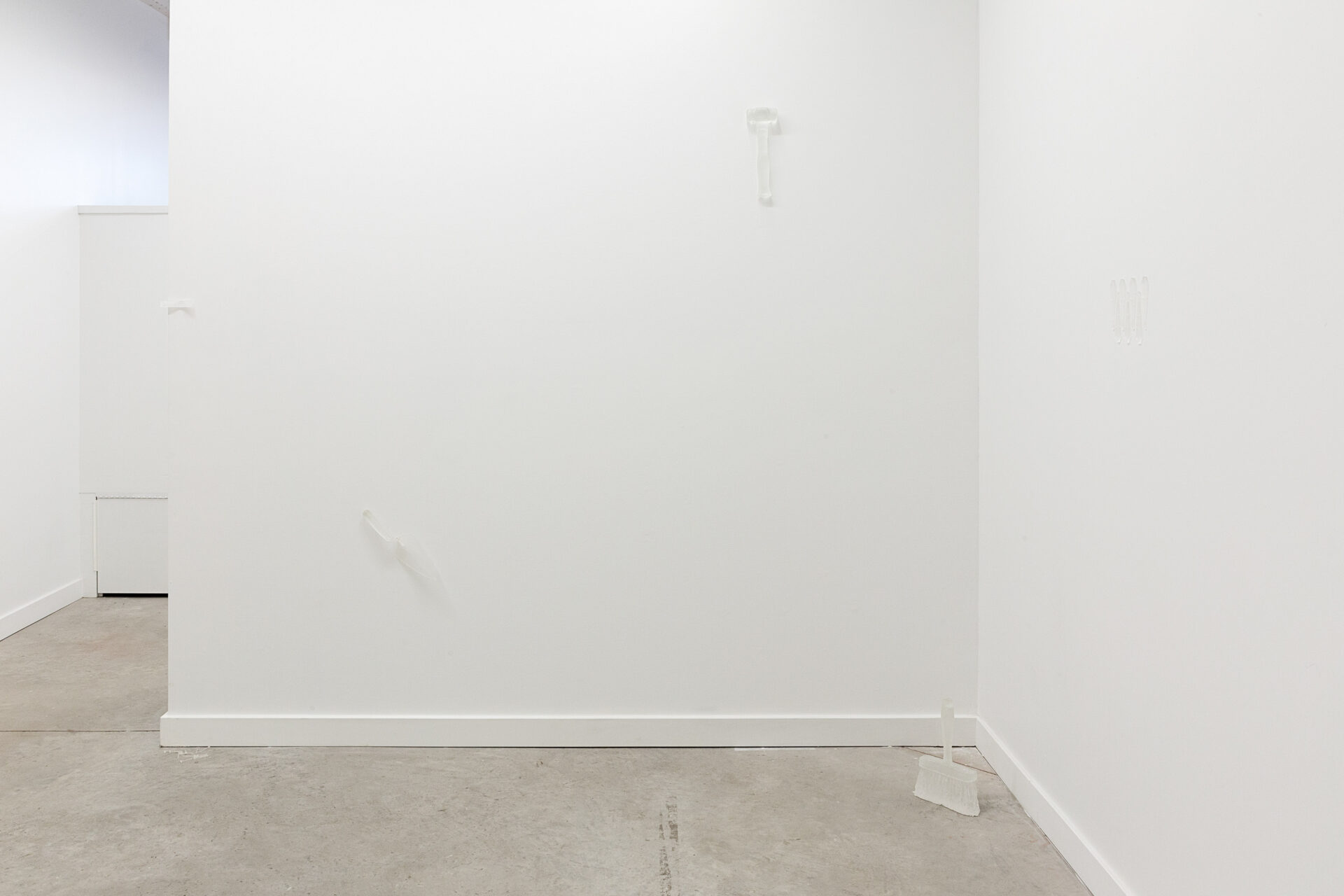
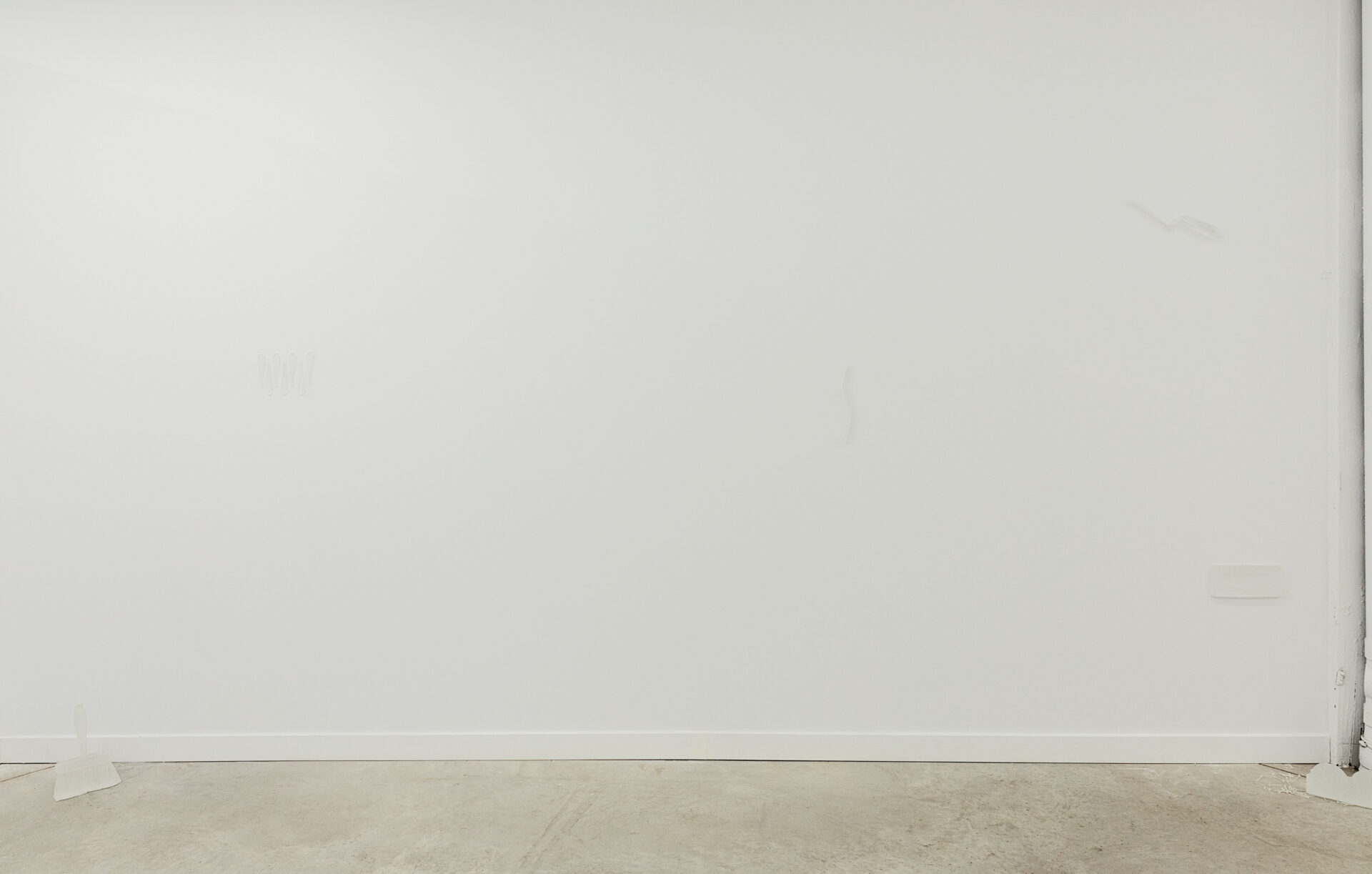
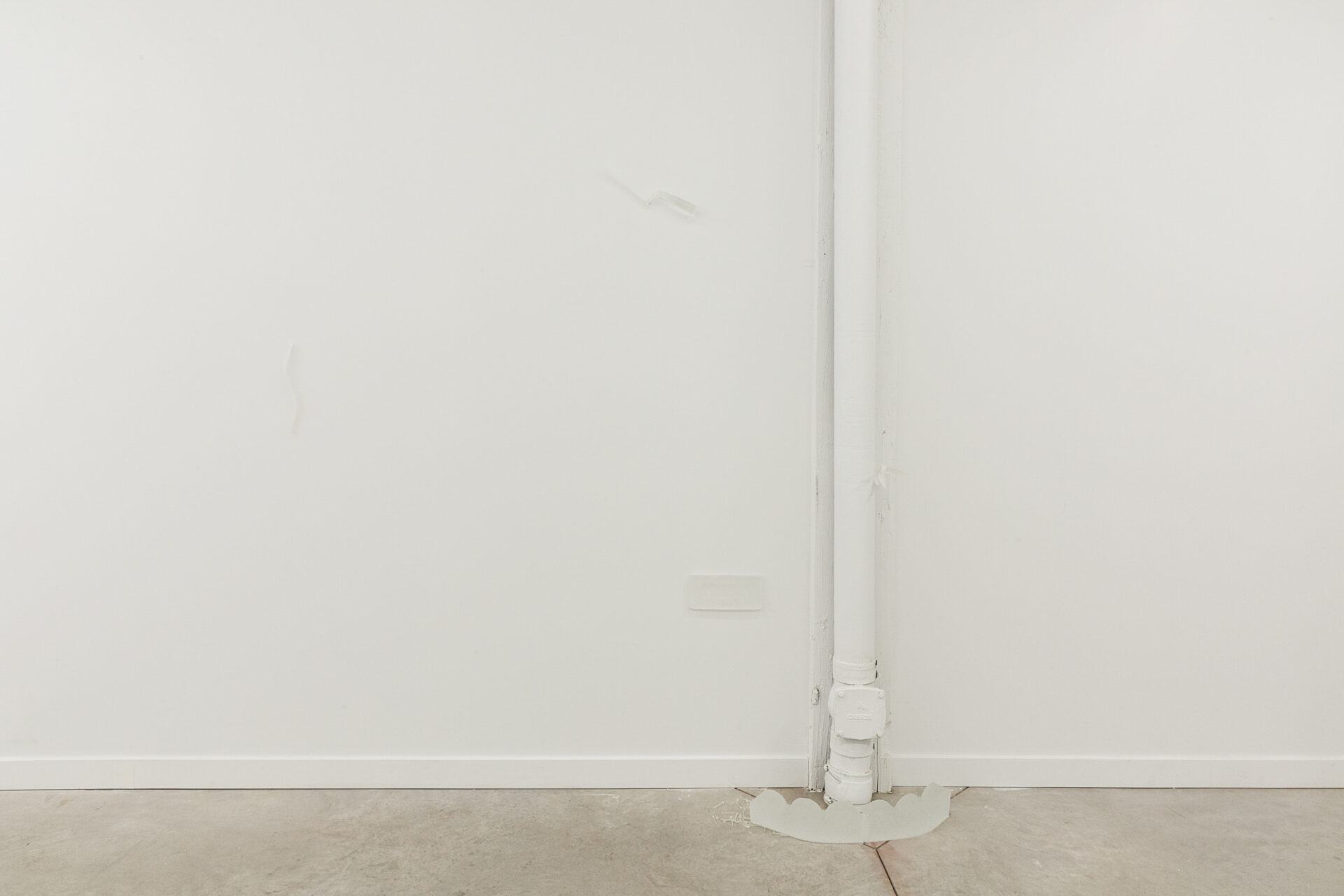
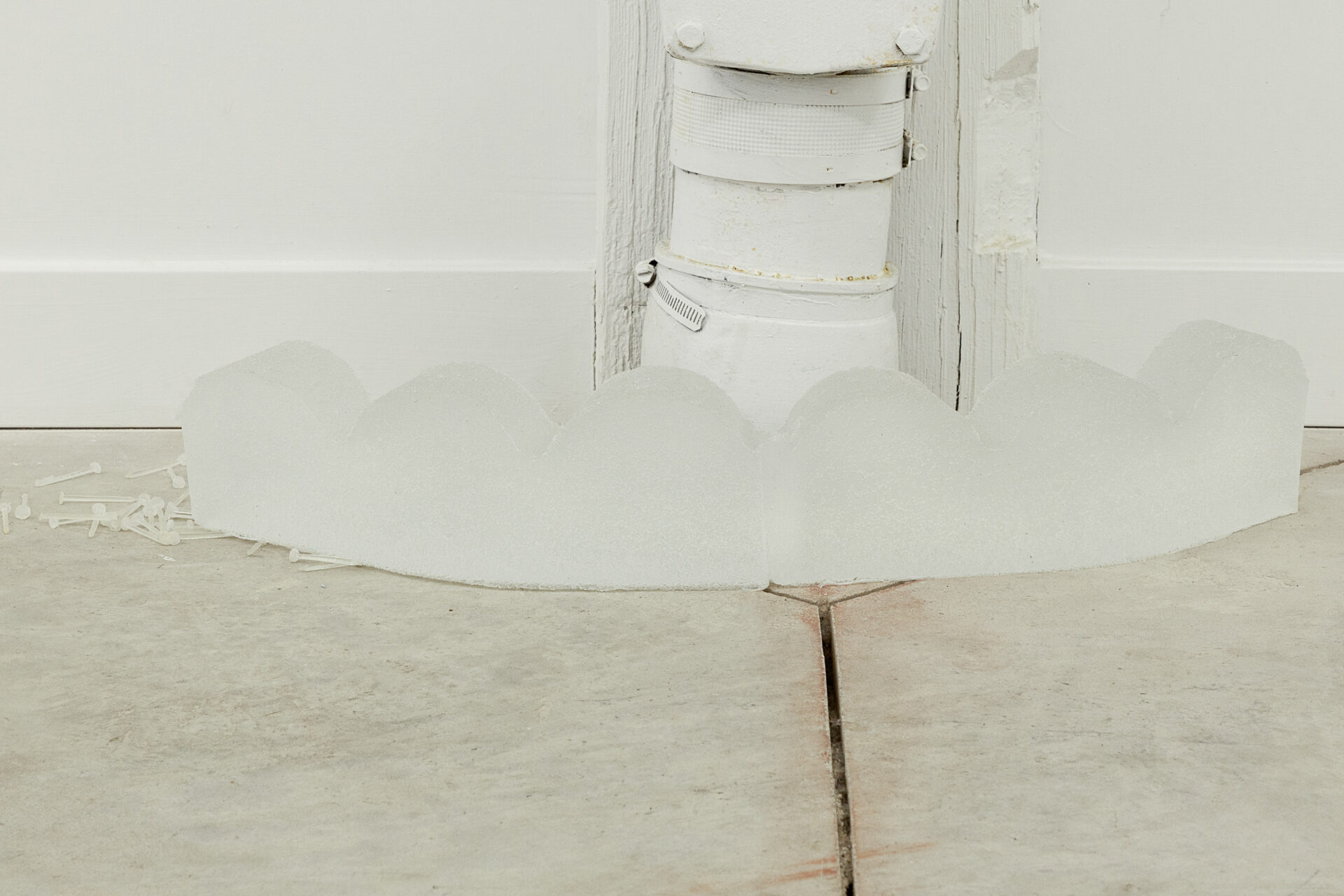
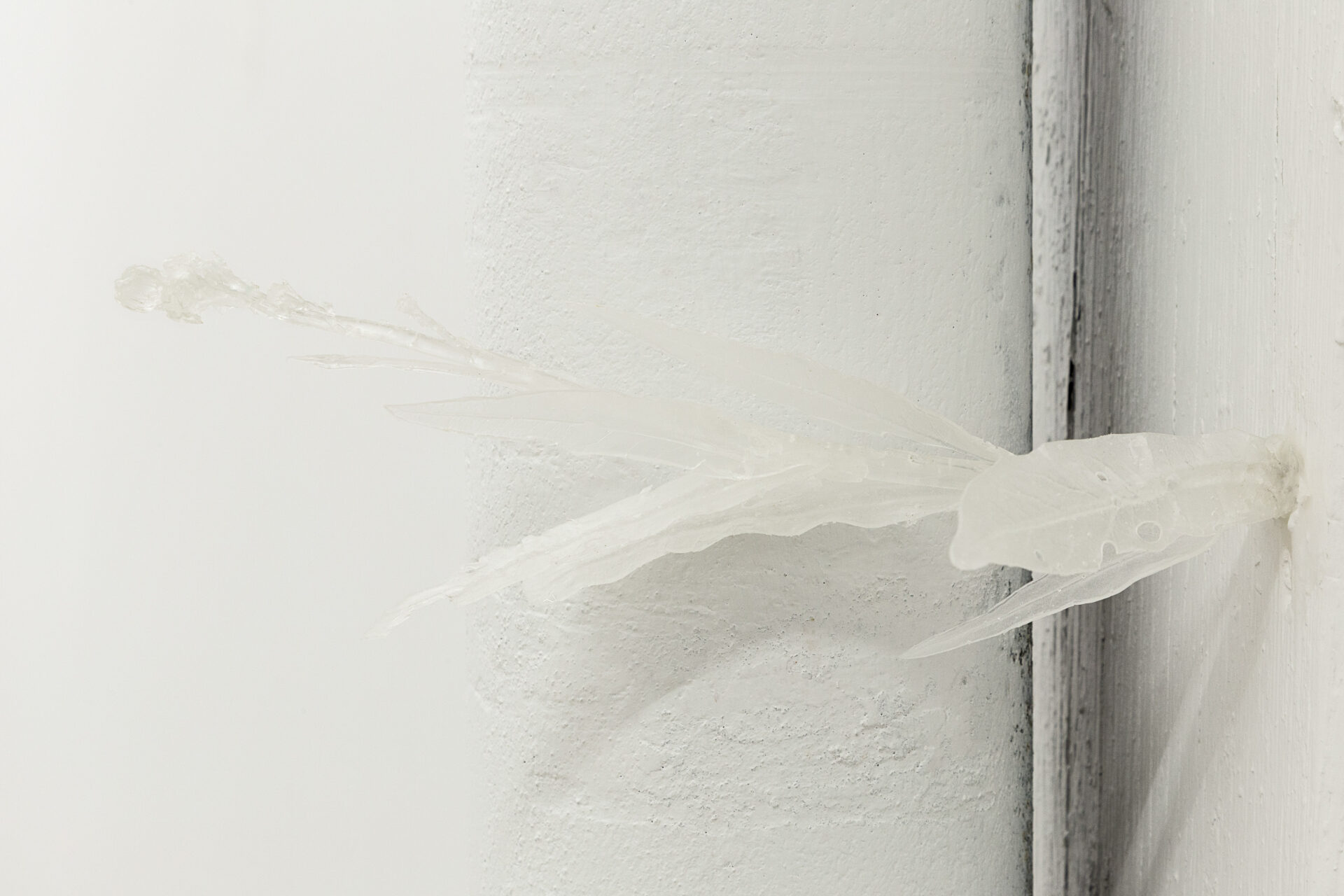
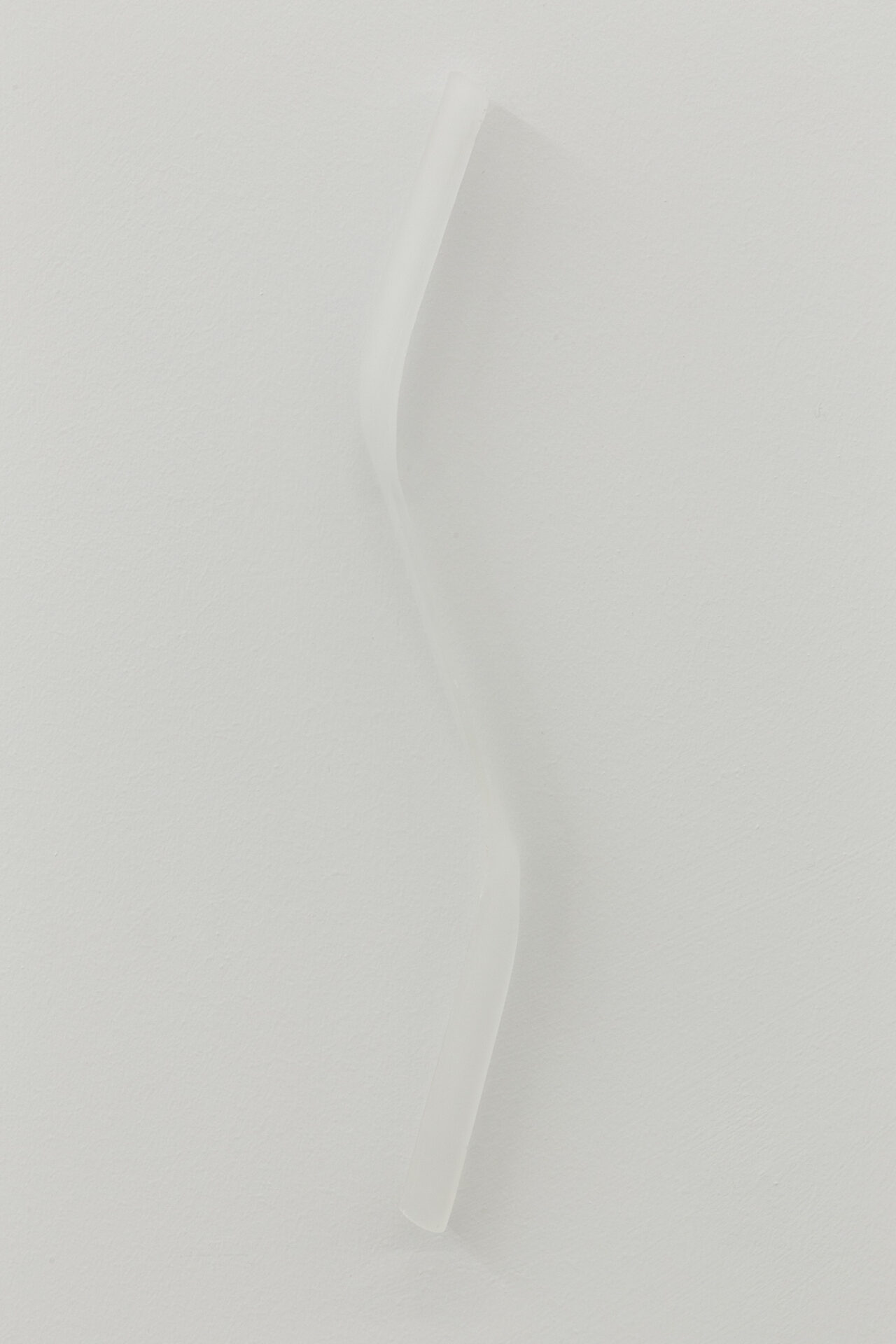
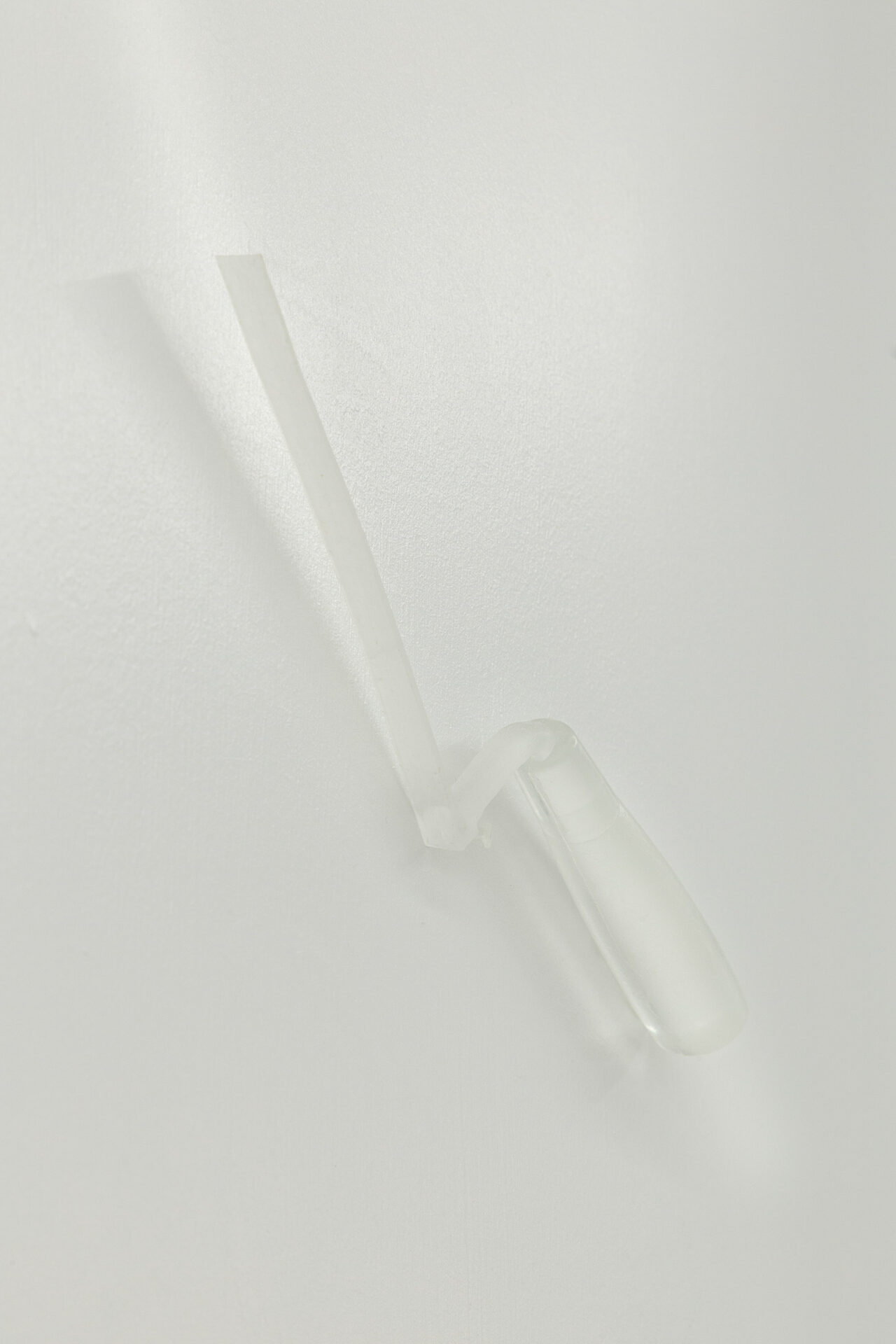
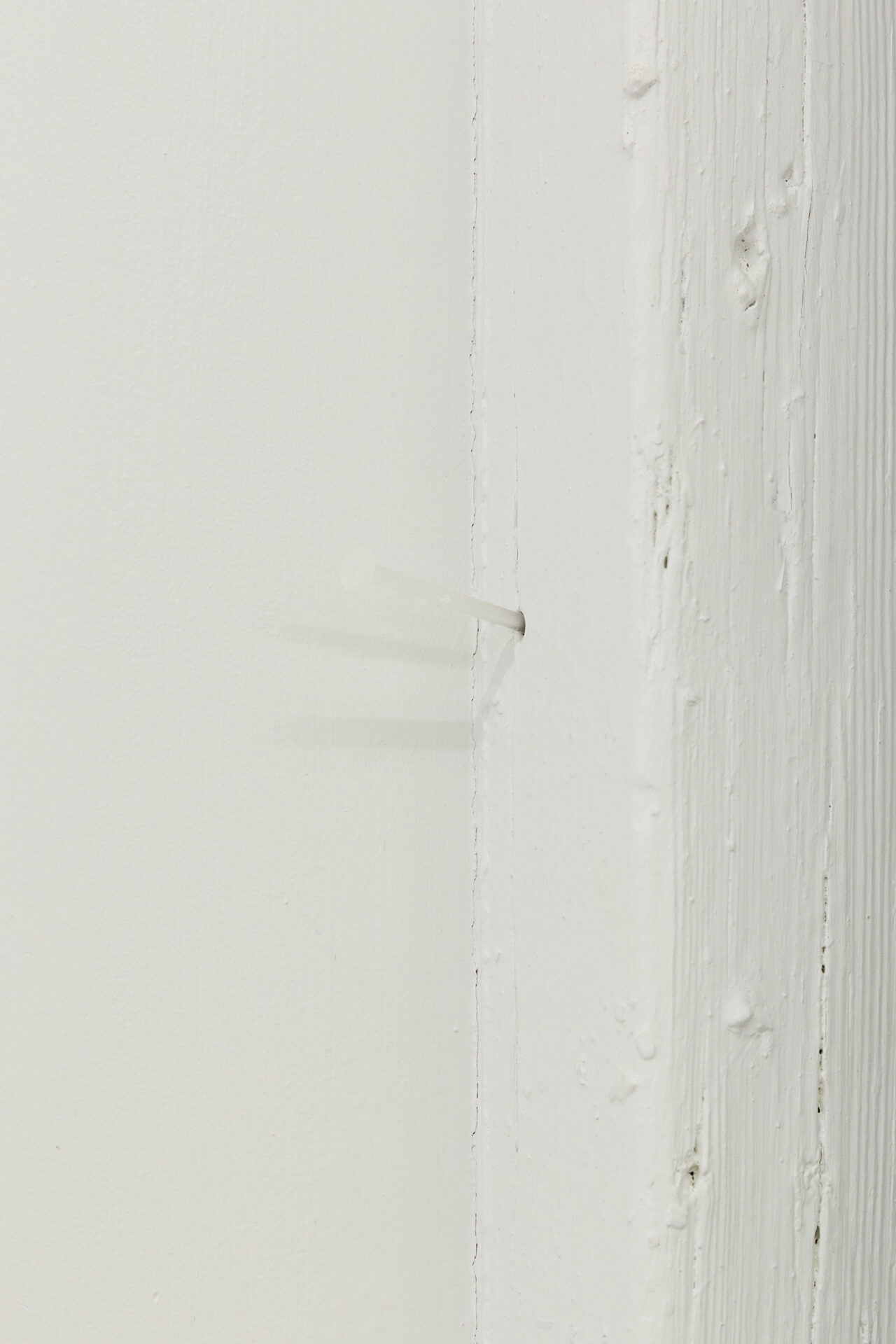
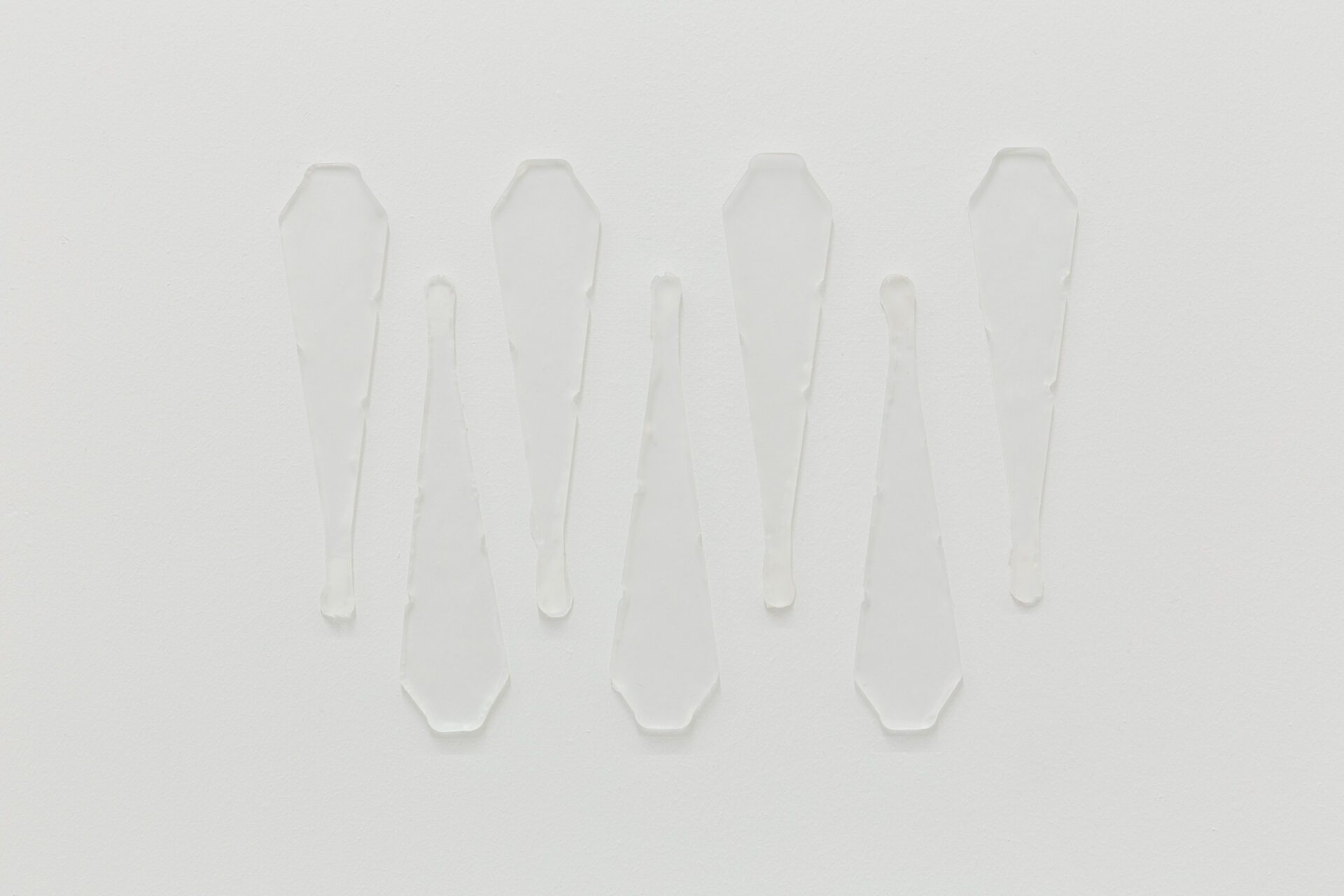
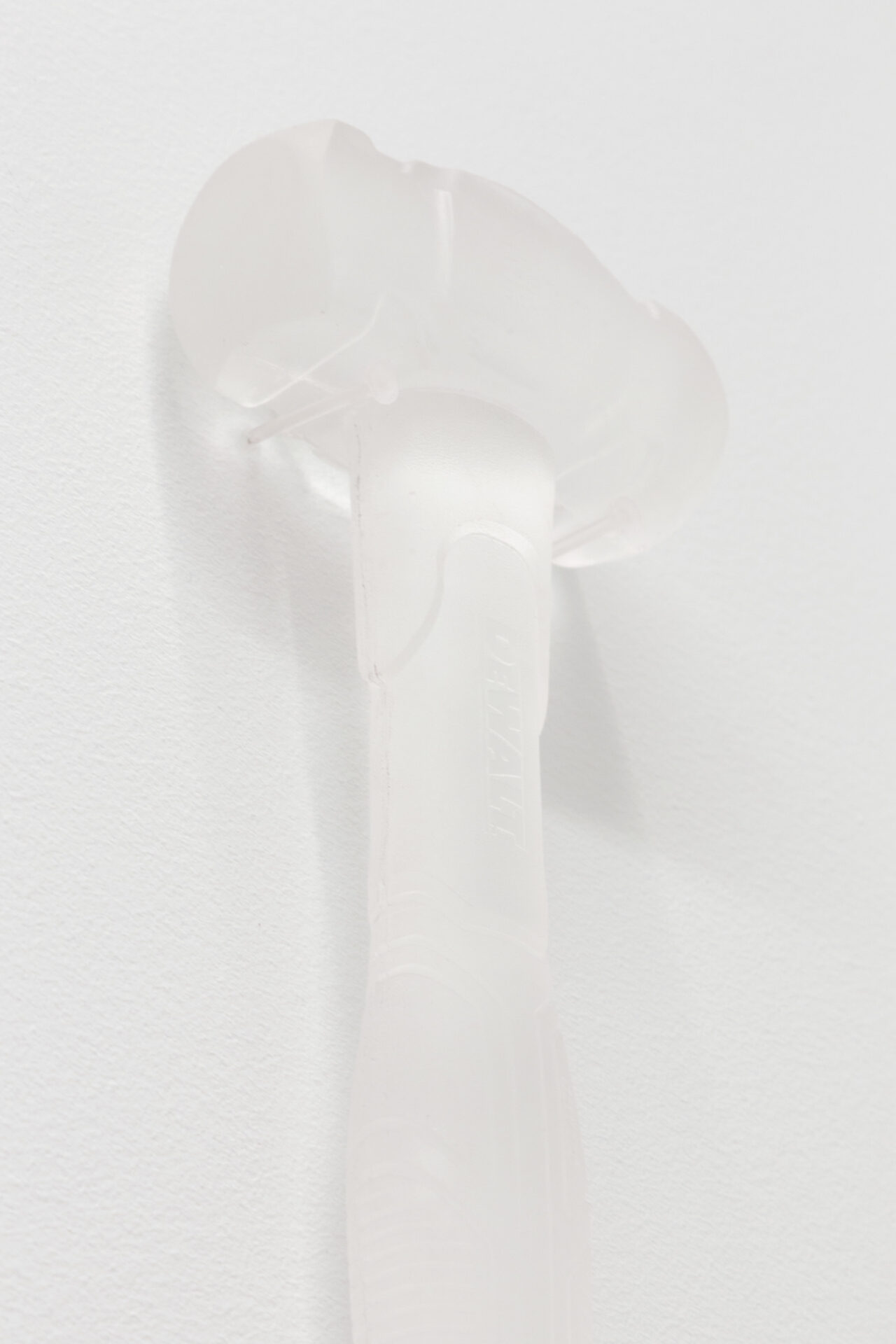
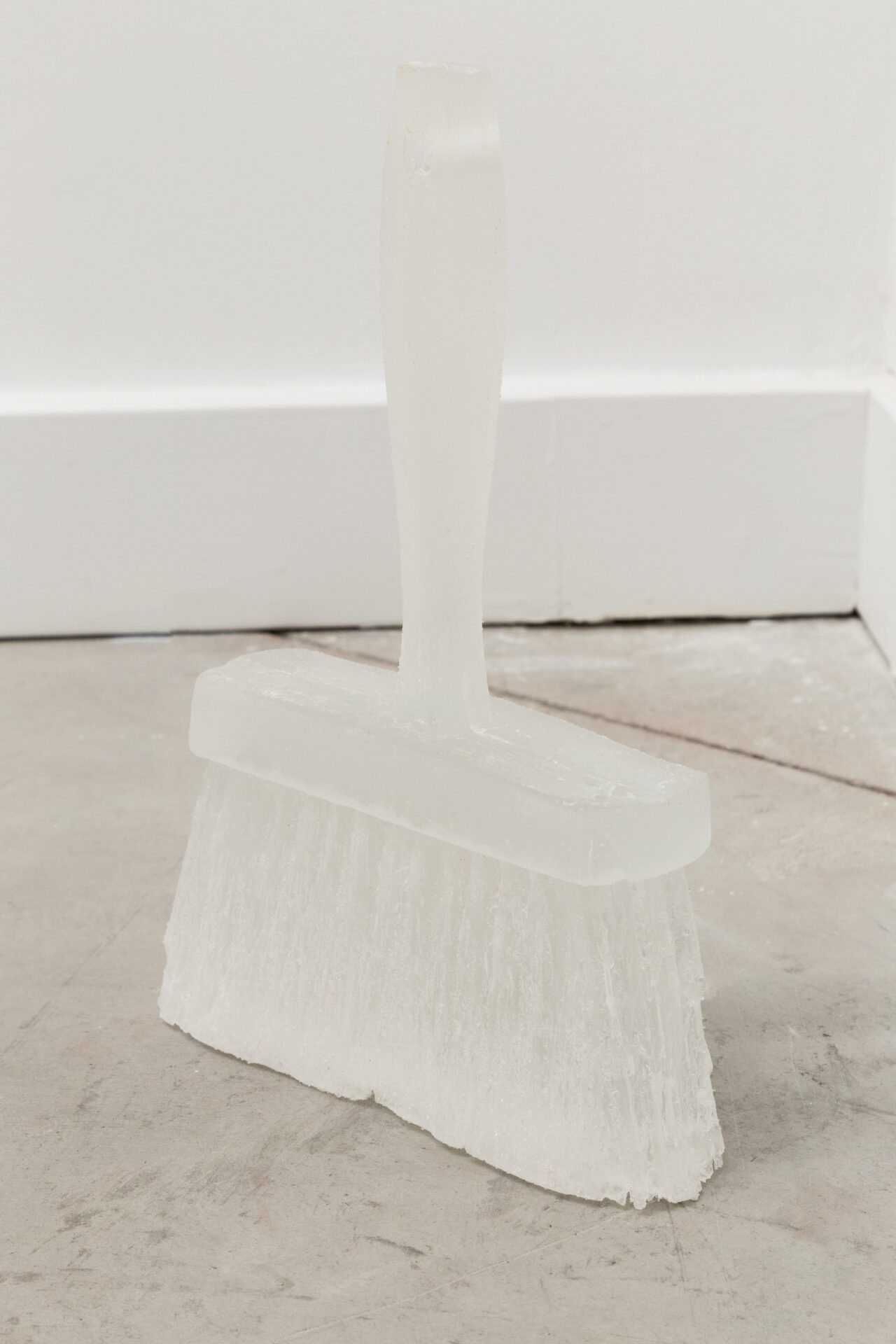
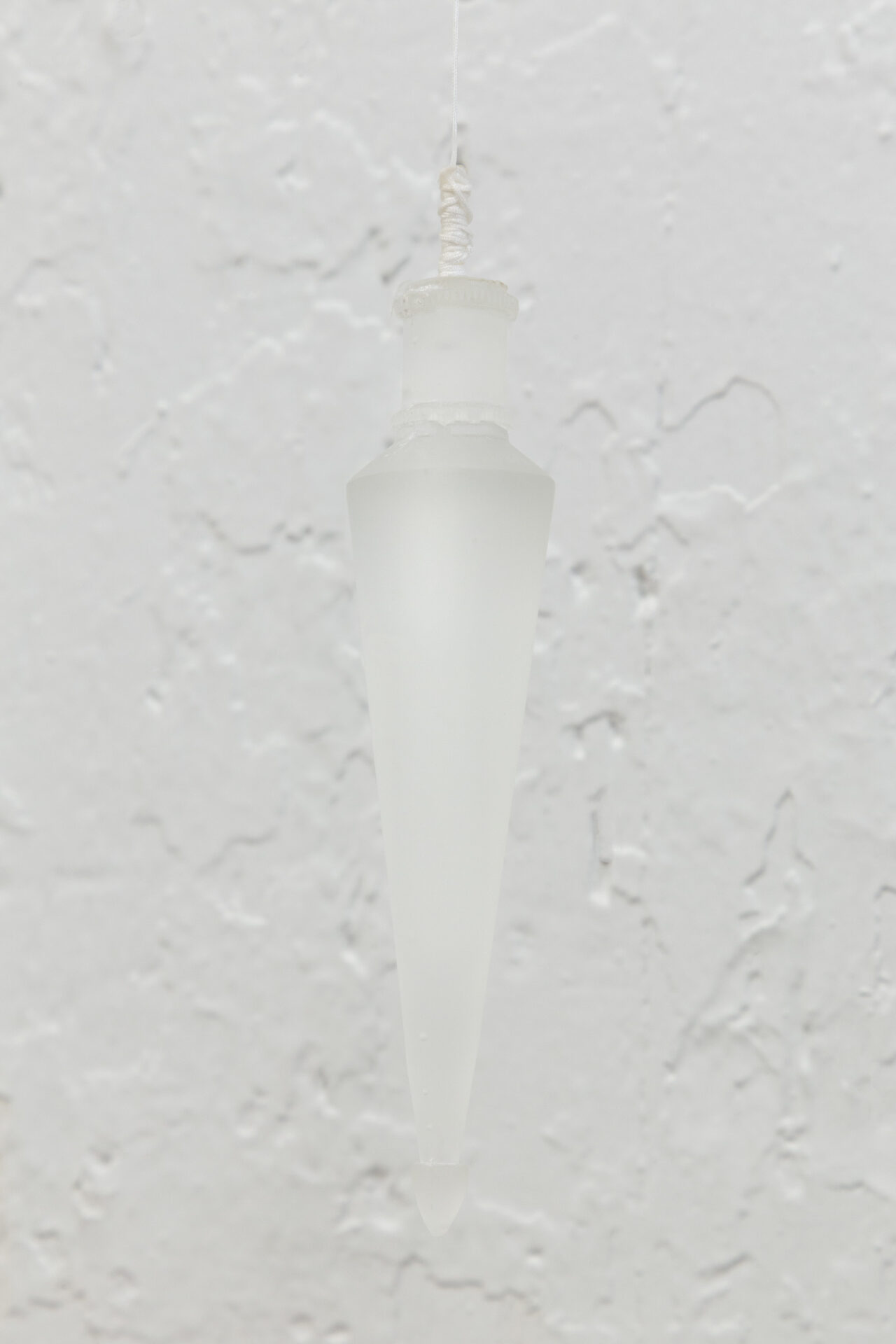
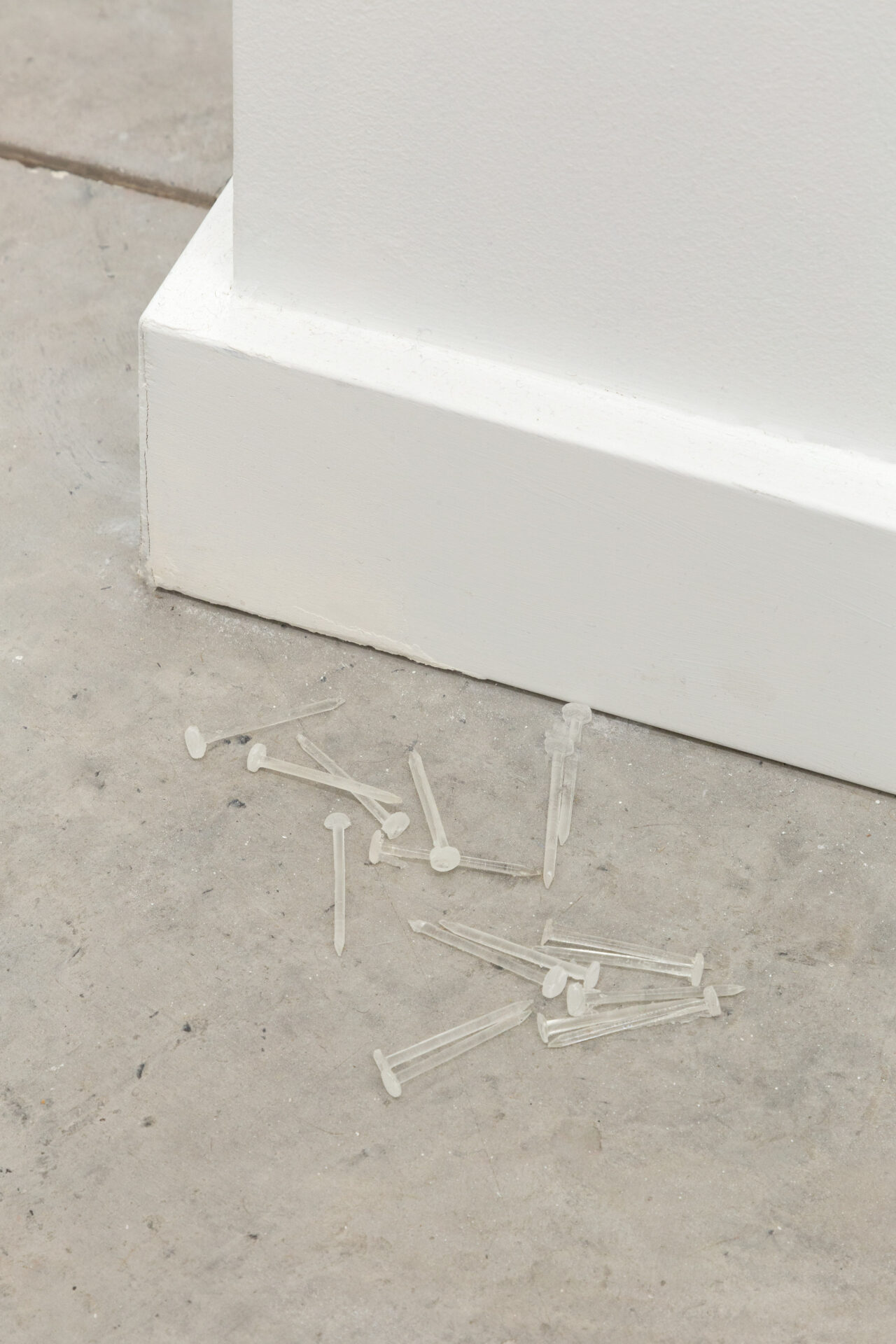

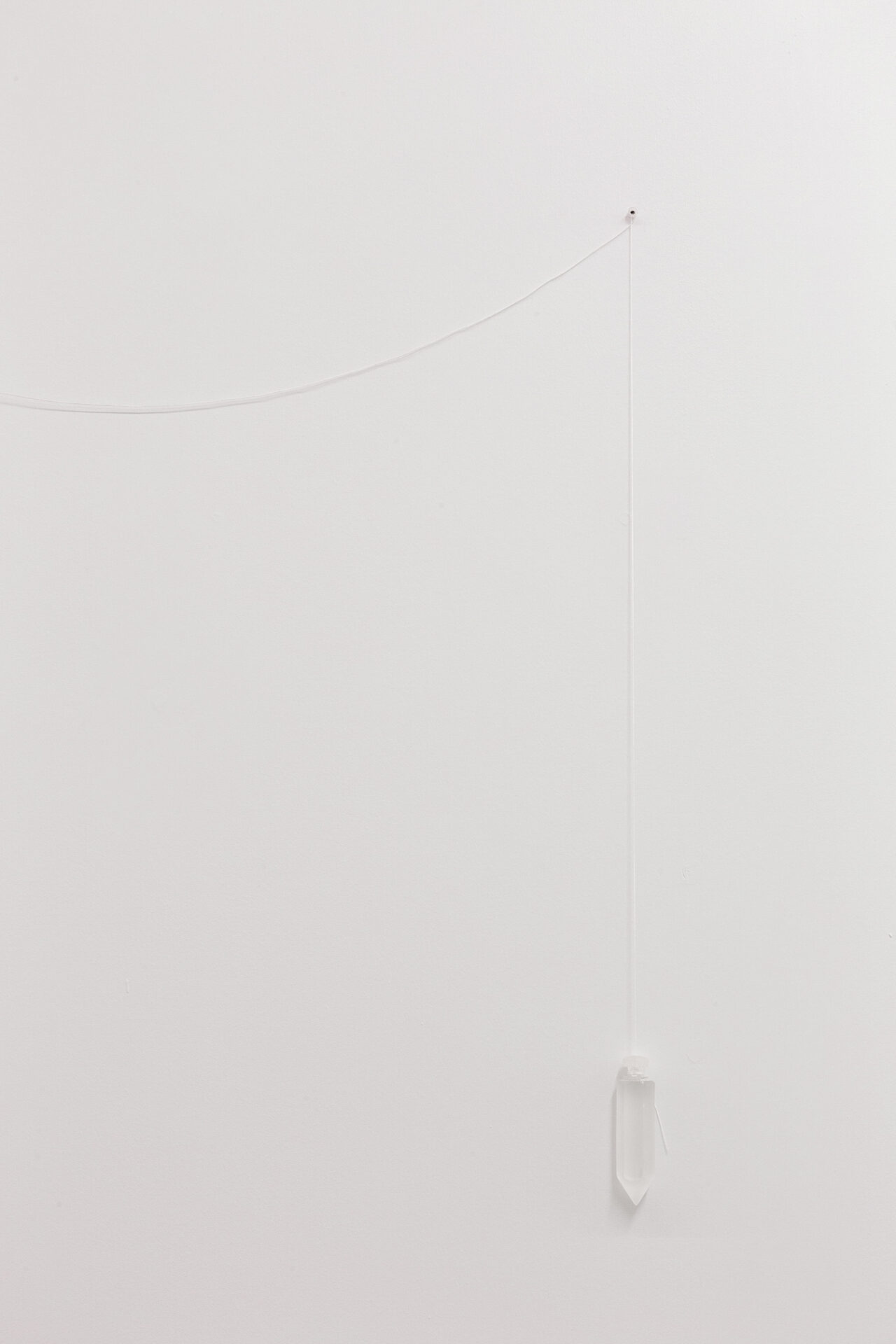
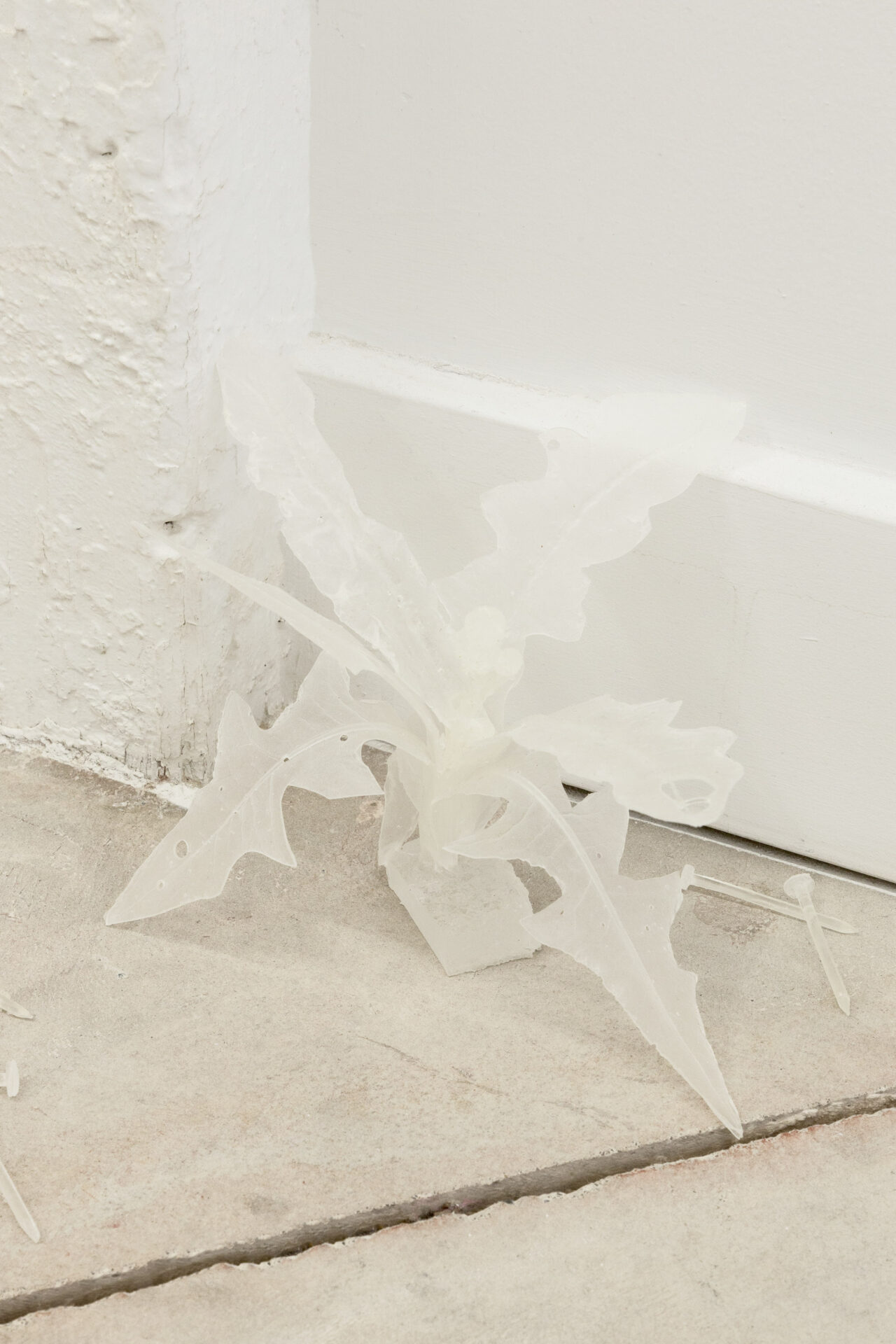

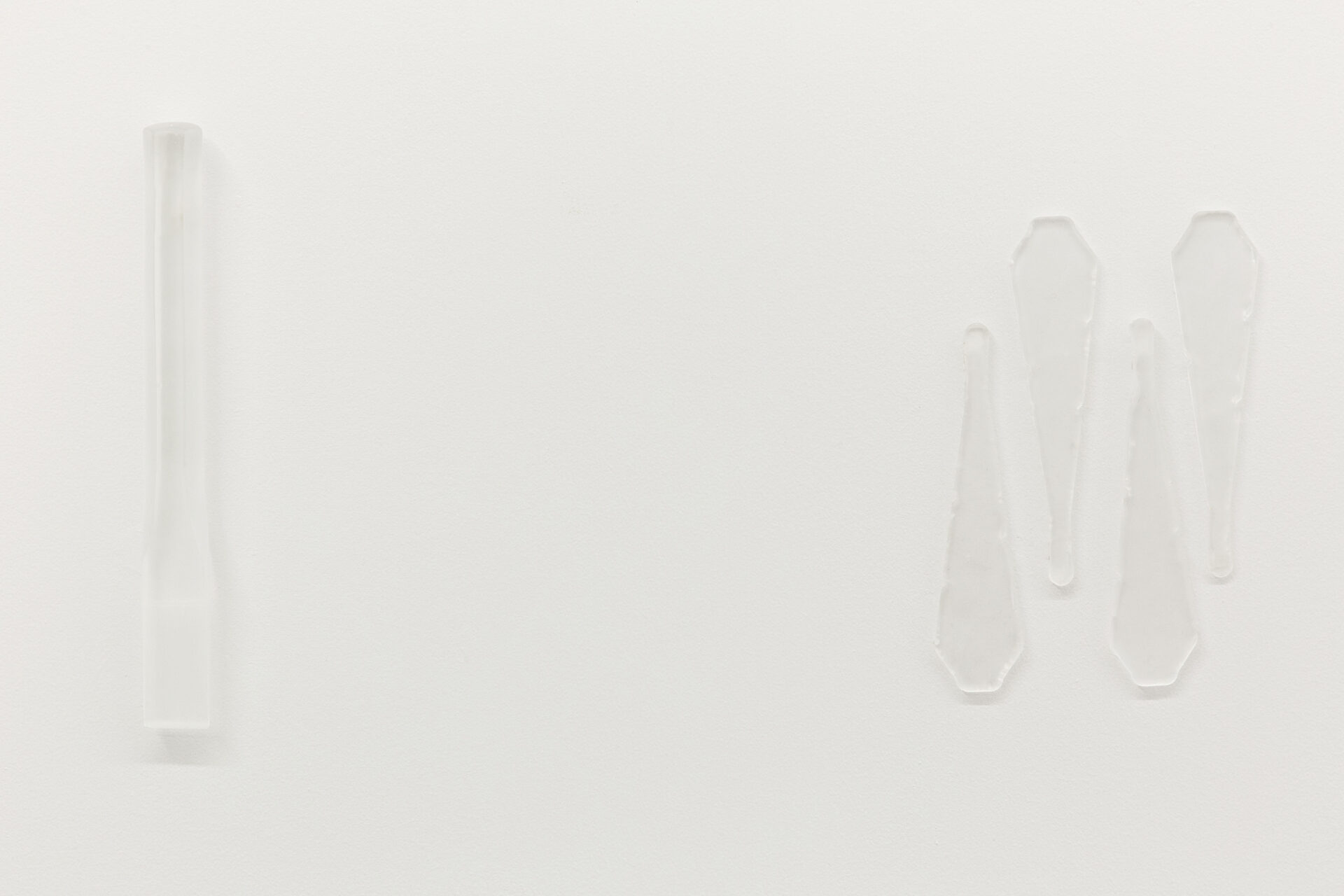
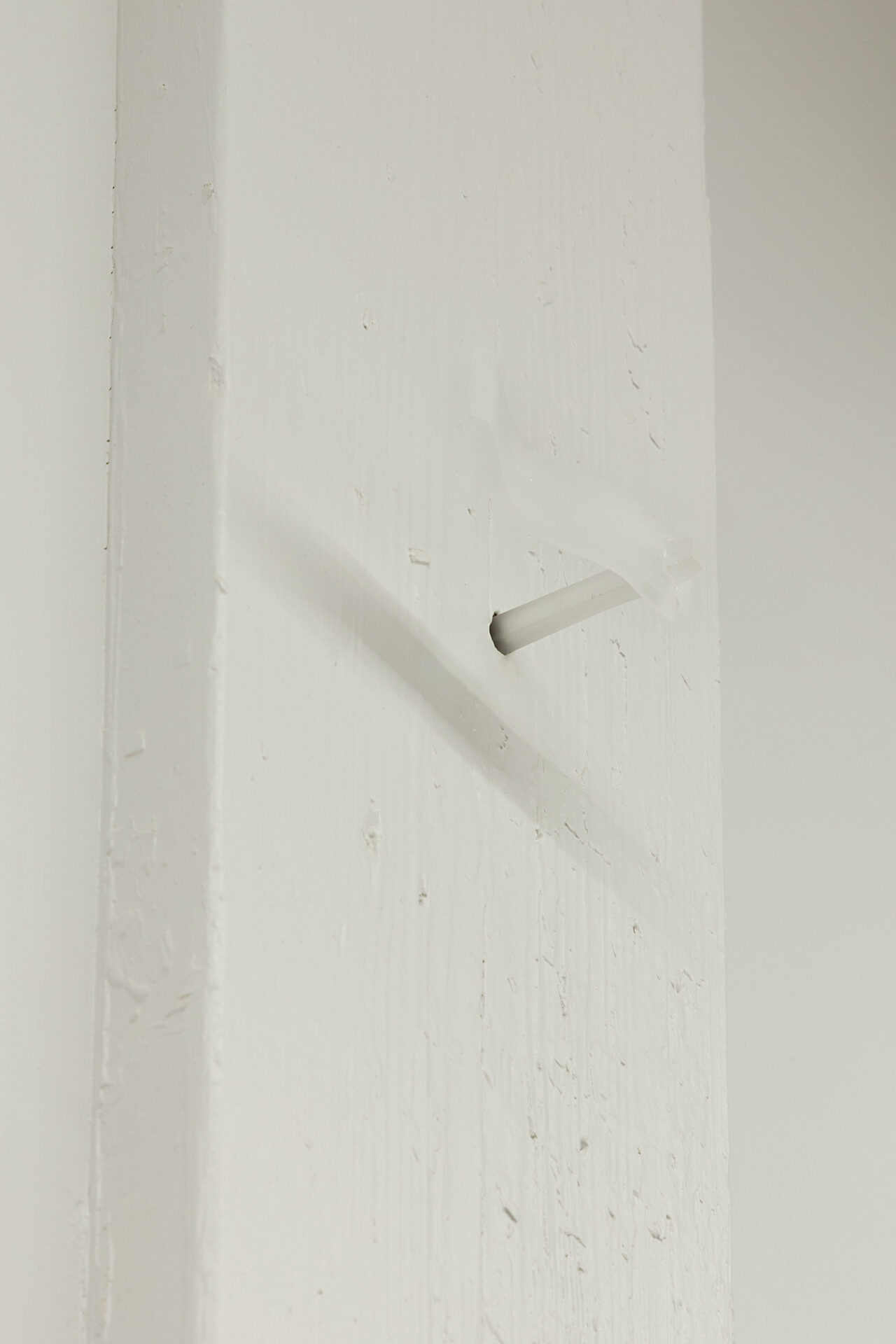
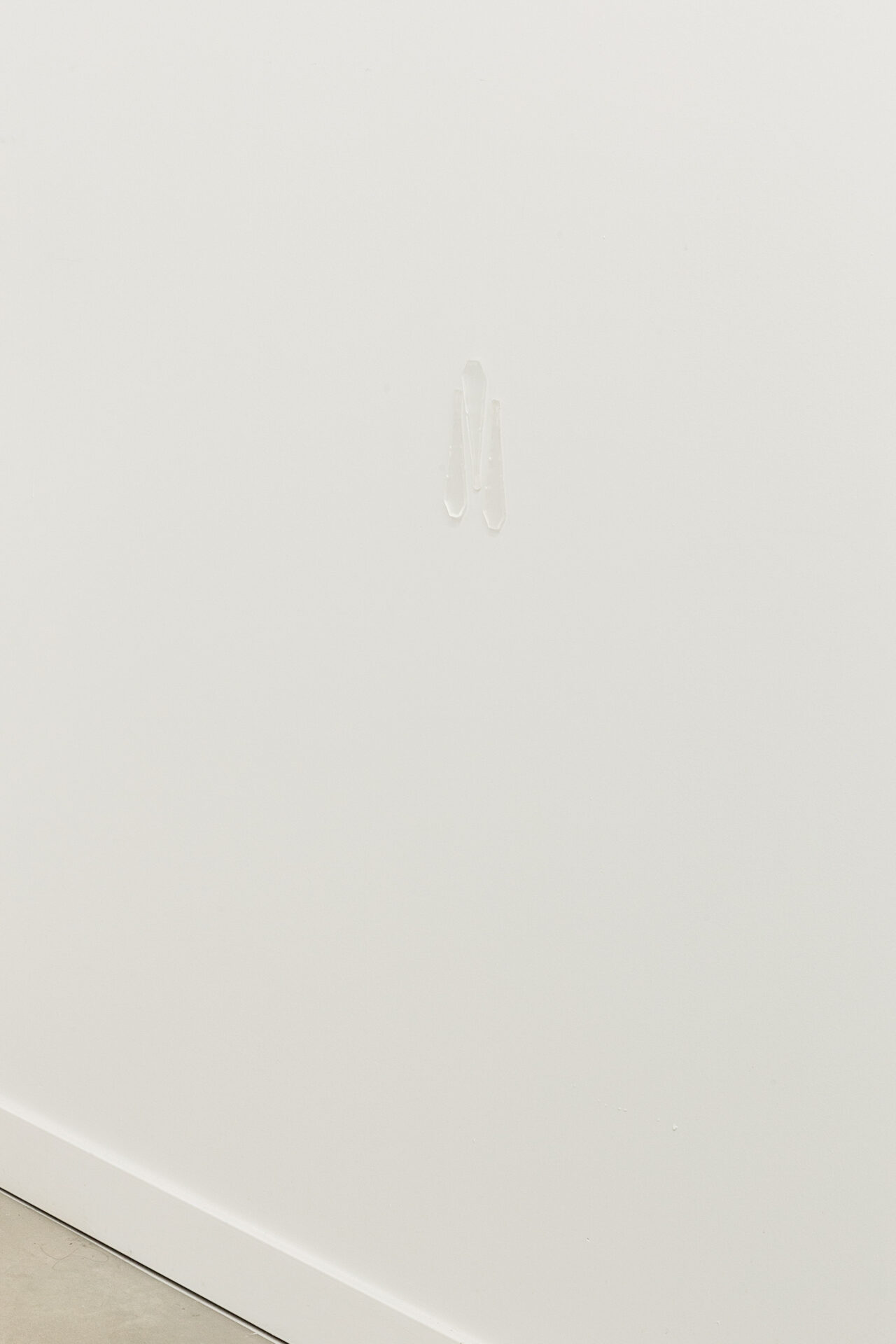
Image credits: Alison Postma
Opening reception treats: Sidnichka
Sid Starkman is a Pastry Artist who uses food as an ephemeral art form. Her practice focuses on ways to create experiences of comfort, wonder, surprise, and playfulness; activating a more intimate relationship to ourselves, each other, brands, tradition, history and art in all forms. Currently, she operates a custom cake and special event food business called Sidnichka.
NAMARA Projects is pleased to offer treats by Sidnichka during our receptions. Sidnichka works with our curators and partners to conceive of bites that integrate the themes, content, or ideas represented in NPS programming.
An opening reception was held Saturday, July 13, 2024. The exhibition continues through September 14, 2024.